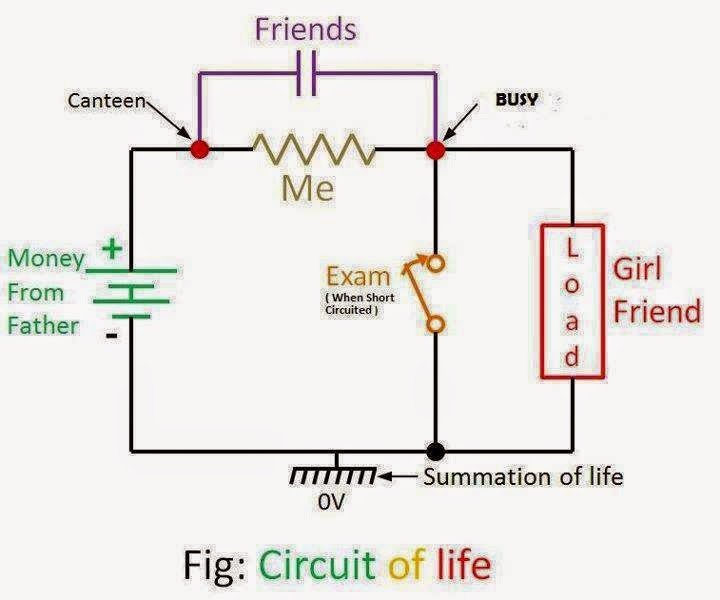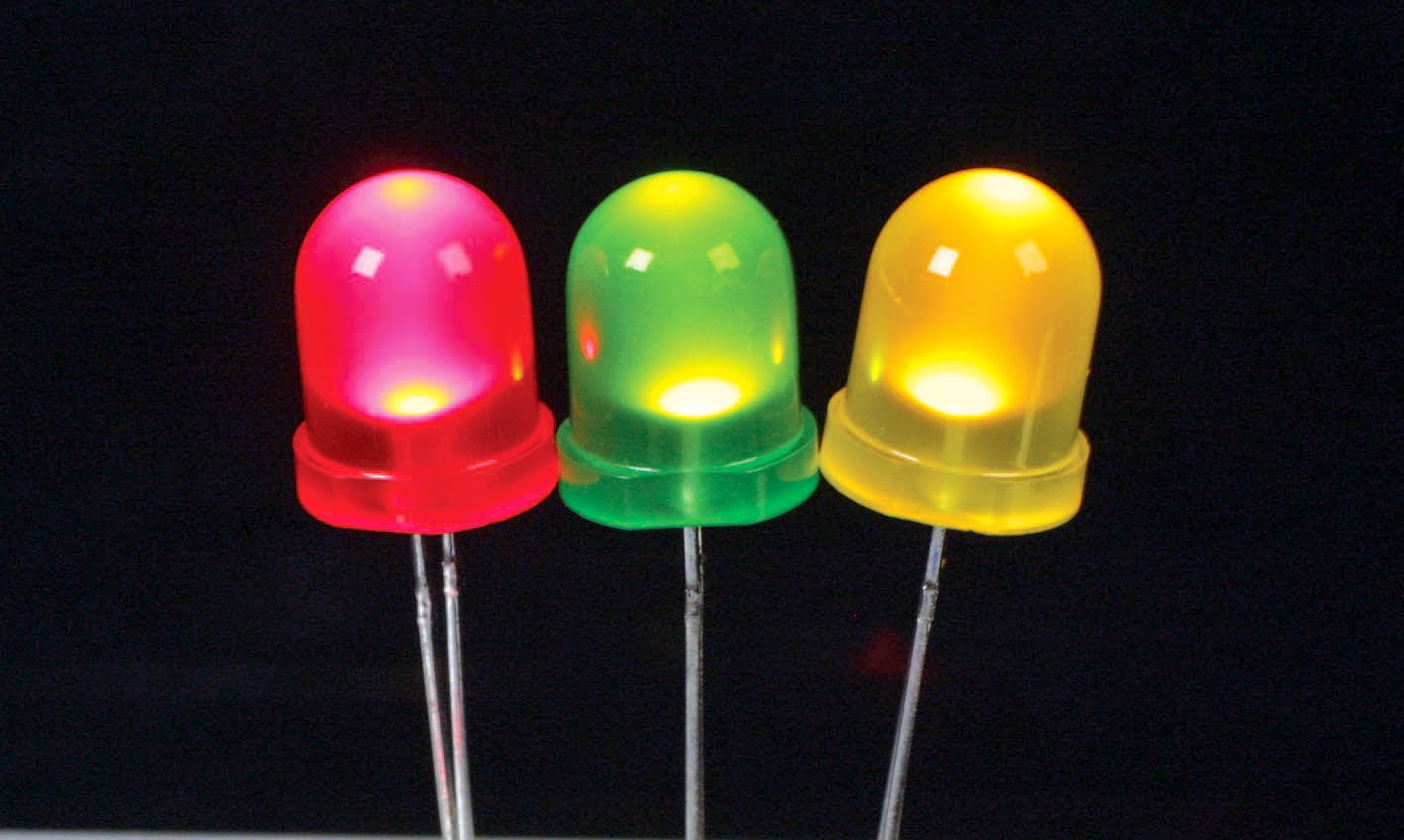( click to enlarge image )
Saturday, January 24, 2015
Friday, January 23, 2015
Thursday, January 22, 2015
My little Poodle
( click to enlarge image )
Just for fun... my little Poodle is running around,
leaving some xx behind...
Printed Circuit Bug !
( click to enlarge image )
Just for fun... This is not an ordinary bug,
this is Printed Circuit Bug !
( made of Printed Circuit Board - PCB. )
Tuesday, January 20, 2015
Monday, January 19, 2015
Sunday, January 18, 2015
Saturday, January 17, 2015
60 watt amplifier
( click to enlarge images )
with this compact packaged amplifier IC, you just need to add some small & cheap components, then it's ready to work for you...
you can download pdf about STK4038 II here:
7 channel running lights
( click to enlarge image )
This is a 7 channel running lights circuit.
VR1 works as a speed controller.
Electronic siren (1)
( click to enlarge image )
Try this out ! Press S1 & S2 to hear the different result.
Have fun with this simple electronic siren !
Friday, January 16, 2015
LEDs
( click to enlarge images )
Light emitting diodes, commonly called LEDs, are real unsung heroes in the electronics world. They do dozens of different jobs and are found in all kinds of devices. Among other things, they form numbers on digital clocks, transmit information from remote controls, light up watches and tell you when your appliances are turned on. Collected together, they can form images on a jumbo television screen or illuminate a traffic light.
Basically, LEDs are just tiny light bulbs that fit easily into an electrical circuit. But unlike ordinary incandescent bulbs, they don't have a filament that will burn out, and they don't get especially hot. They are illuminated solely by the movement of electrons in a semiconductormaterial, and they last just as long as a standard transistor. The lifespan of an LED surpasses the short life of an incandescent bulb by thousands of hours. Tiny LEDs are already replacing the tubes that light up LCD HDTVs to make dramatically thinner televisions.
Difference between electrolytic capacitor and non electrolytic capacitor
( click to enlarge images )
Basically electrolytic capacitor is a polarised and the value will normally start from 1 microfarad (µF), meanwhile non electrolytic capacitor is non polarised and the value starts from picofarad (pF) ranges. The capacitors are choosen according to the capacitance required in a particular section of a circuit.
1 mF (millifarad, one thousandth (10−3) of a farad) = 1000 μF = 1000000 nF
1 μF (microfarad, one millionth (10−6) of a farad) = 1000 nF = 1000000 pF
1 nF (nanofarad, one billionth (10−9) of a farad) = 1000 pF
Subscribe to:
Posts (Atom)







































